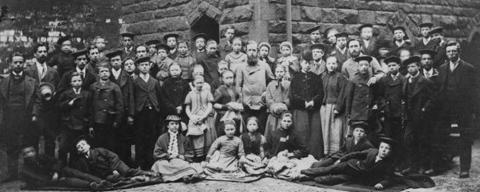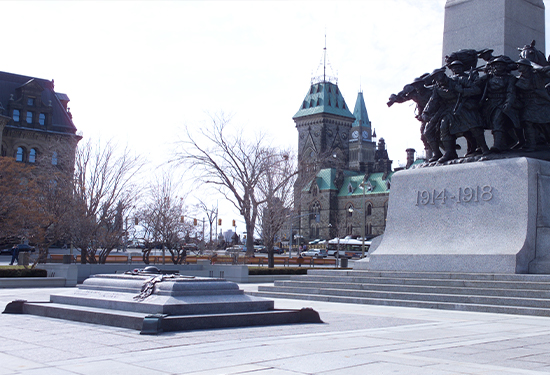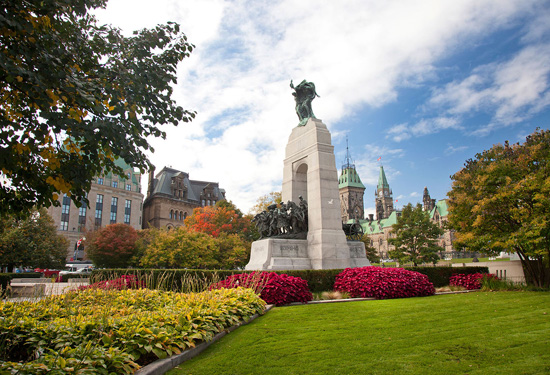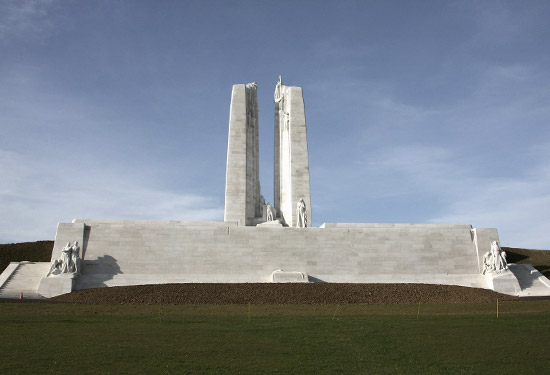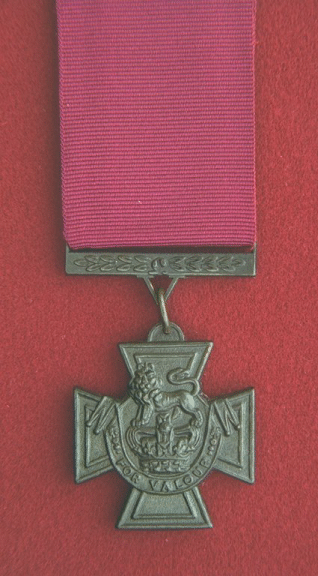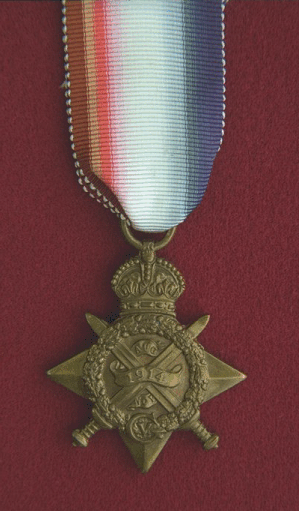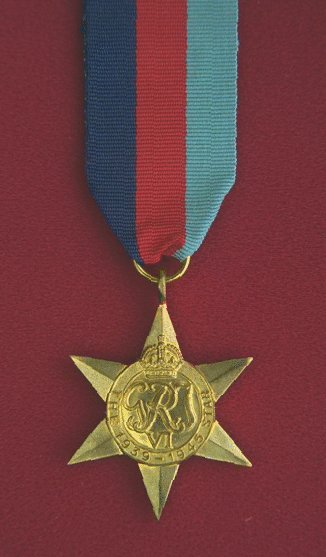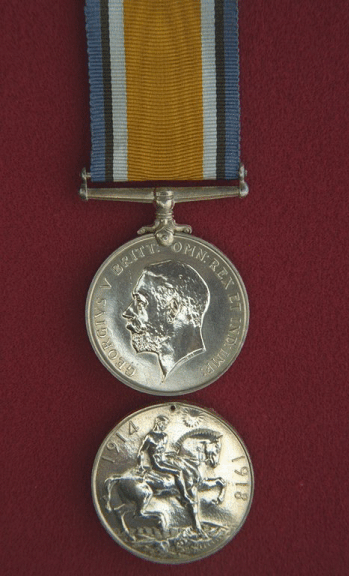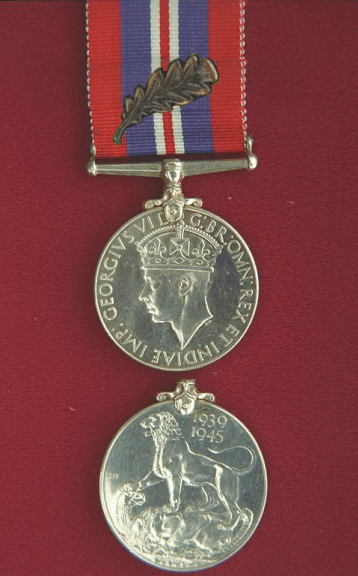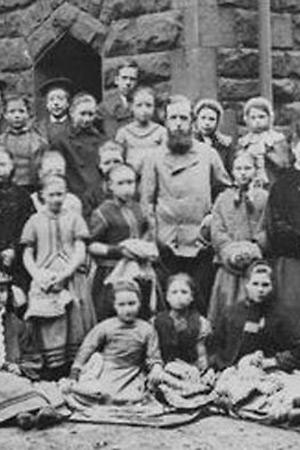
Origins of the British Home Children
The British Home Children were boys and girls from the United Kingdom who were relocated to British dominions and colonies in other parts of the world. They were sent to places like Canada, Australia, New Zealand and South Africa in the belief that these children would have more opportunities there. More than 100,000 of these young immigrants came to Canada between the 1860s and the 1940s and they would have a lasting impact on their new land.
British Home Children generally came from disadvantaged backgrounds. Some were orphans but many had families with financial troubles that left them unable to care for their own sons or daughters. Tragically, these parents often believed they had no choice but to put their children into the care of charitable organizations. These groups saw the sending of children overseas to British dominions as an opportunity for a fresh start in a promising new setting. Many of the families reluctantly felt that their children would have a chance at a better life there than they would in the British Isles.

A group of girls at the National Children's Home.Footnote 1
British Home Children in Canada
Most of the British Home Children sent to Canada were hosted by farm families, where they would be put to work. The boys tended to be employed for farm labour while the girls would perform domestic duties in the home, as well as help out in the fields. Some of these children were lucky enough to end up with loving families that treated them well and gave them affection. Many of them, unfortunately, would be treated very poorly.
The organizations that coordinated the British Home Children programs often kept their young people in placements for set periods of time. Regularly moving from one family to the next meant there was little stability in their lives. The charities were supposed to check in on an ongoing basis to ensure the children were being cared for properly. In practice, this rarely happened and the children were frequently neglected or abused. Many lived wandering lives, moving from farm to farm, while some ran away from the mistreatment they suffered. Some children even died.
British Home Children in the First World War
Many of the British Home Children in Canada may have felt painfully cut off from the United Kingdom, but they still nurtured a personal connection to their homeland. When Britain entered the First World War in August 1914, so did Canada, as our country's international relations were still controlled by the United Kingdom. Young men who had come to Canada as home children felt their mother country needed help. In the end, an estimated 10,000 of these young immigrants volunteered to join the military during the First World War. In fact, it is believed the vast majority of eligible male former British Home Children signed up.
For many, the opportunity to return home was a strong motivation to serve. They saw it as a chance to get back to Britain as Canadians fighting in Europe would first be sent there for training. Once in the United Kingdom, they could then try to track down the families they had been forced to leave behind years before. Some British Home Children also saw military service simply as a chance to escape cruel or abusive families in Canada. Many underage boys even ran away from their placements and lied about their age in order to sign up.
While thousands of former home children would return across the Atlantic as new recruits during the war, Britain sent no new children to Canada during this period. German u-boats (submarines) were sinking many Allied transport ships and officials thought the journey was too unsafe.

National Children's Home, Canadian Branch, Hamilton, Ont.Footnote 1
Fighting in the trenches of the Western Front during the First World War was extremely dangerous. More than 66,000 Canadians would lose their lives in the conflict. Sadly, this included more than 1,100 former British Home Children. These brave soldiers took part in every major battle in which our troops fought and sacrificed greatly. While it is difficult to know exact numbers, at least 689 former British Home Children are known to have died in 1917 alone in the great battles at Vimy Ridge, Hill 70 and Passchendaele. 229 of them have their names inscribed on the Canadian National Vimy Memorial (which lists those who lost their lives in France during the First World War and have no known grave). Another 122 are listed on the Menin Gate Memorial (for those who lost their lives in Belgium during the conflict and whose final resting place is unknown).
Former British Home Children fought bravely in the war. Two of them who had immigrated to Canada would receive the Victoria Cross. This medal is the highest award for military valour that a Canadian can earn.

The first party of Barnardo children after the war, landing in Canada.Footnote 2
The inter-war years
In the early 1920s, there was a great need for workers on Canadian farms. Thousands of young farm boys had been lost on the battlefields of the First World War. Even more came back with lasting injuries that made it hard to do the physical labour that farming required. The flow of British Home Children to Canada therefore started again, although with some tighter regulations. After 1924, for instance, children under the age of 14 were not supposed to be sent to Canada. However, some younger boys and girls still did end up crossing the ocean.
As the years passed, attitudes in our society began to change and the practice of sending young boys and girls to Canada like this was seen as cruel. By the time the Second World War began, the immigration of British Home Children to Canada was definitely decreasing.
British Home Children in the Second World War
The Second World War broke out in September 1939. Britain and Canada again found themselves taking up arms in a new struggle for peace and freedom. While few new British Home Children were now coming to Canada, tens of thousands who had immigrated here in previous years were now of military age.
More than one million Canadians served in the Second World War and, in an echo of the First World War, an estimated 20,000 former British Home Children would join the Canadian military.

Merchant and Miners Transportation Co. S. S. "Gloucester", one of the ships the British Home Children arrived on.Footnote 3
What motivated them to volunteer? Some felt a sense of loyalty to King and country. Others signed up in hopes of returning to their home country and reconnecting with family members they had been forced to leave behind. Many former British Home Children who were Veterans of the First World War would again volunteer for service in the new conflict. For some of those who chose to re-enlist, it was a comfort to return to the familiar structure of the military. It was also a break from the hungry days of the Great Depression that had ravaged the Canadian economy for most of the 1930s. Undoubtedly, some of the new recruits would also be the sons of former British Home Children who had served in the First World War, so it was a continuation of a family tradition of service.
Whatever their motivations were, British Home Children served bravely during the war and fought in every major campaign in which Canada took part. Their service came at a great price, however, with many losing their lives to help the Allies to victory.
Medals
The legacy of British Home Children
By the time that the flow of British Home Children to Canada stopped in the 1940s, more than 100,000 young boys and girls had immigrated to our country.
Today, it is thought that more than ten percent of the Canadian population may be descended from British Home Children. However, many are not aware of these interesting family connections. The contributions made by the British Home Children who served in uniform was impressive, and their important role in our country's history should never be forgotten.
Veterans Affairs Canada acknowledges the invaluable support and assistance of Lori Oschefski , CEO of the British Home Children Advocacy & Research Association (BHCACA), in creating this feature.
*Banner photo: First group of children brought by the National Children’s Home in 1873.Footnote 1
